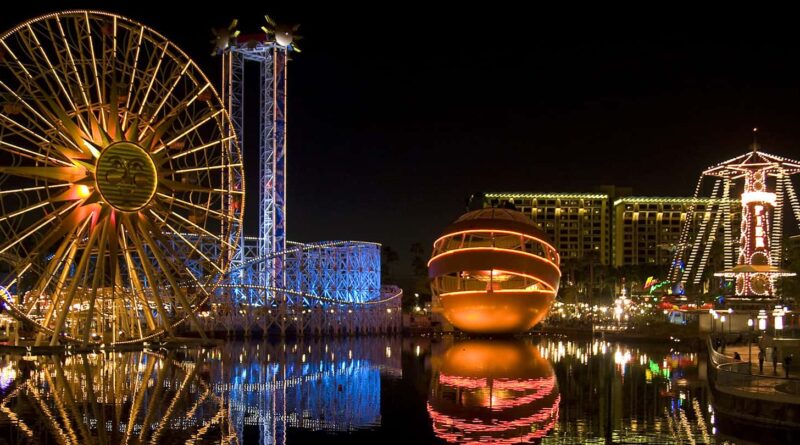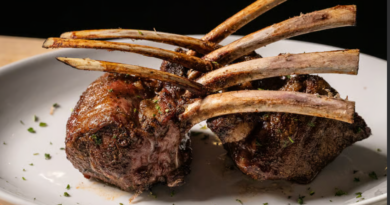History of Anaheim California
Anaheim, California, is known worldwide as the home of Disneyland, but its history extends far beyond the iconic theme park. Founded in the mid-19th century by German immigrants, Anaheim has evolved from a small agricultural community into a bustling city that plays a significant role in the economic and cultural landscape of Southern California. This article will explore the rich history of Anaheim, tracing its development from its early days as a wine-producing colony to its present status as a major tourist destination and urban center.
The Founding of Anaheim
The history of Anaheim dates back to 1857 when a group of fifty German families from the San Francisco Bay Area banded together to form a cooperative agricultural community. The name “Anaheim” is derived from two words: “Ana” from the nearby Santa Ana River and “heim,” a German word meaning “home.” Together, the name reflects the founders’ desire to create a “home by the Santa Ana River.”
- The Wine Colony: The original settlers were vintners and winemakers who established Anaheim as a wine-producing colony. They planted vineyards, and by the 1860s, Anaheim was producing large quantities of wine, earning a reputation as one of California’s premier wine regions. The wine industry thrived for several decades, with Anaheim’s wine being shipped across the country.
- The Anaheim Colony: The founders purchased 1,165 acres of land and laid out a town plan that included wide streets and designated areas for homes, farms, and public spaces. The cooperative nature of the colony was reflected in the shared ownership of the land and the communal approach to farming and business.
The Decline of the Wine Industry and the Rise of Citrus
In the late 1800s, Anaheim’s wine industry suffered a devastating blow due to a vine disease known as Pierce’s disease, which destroyed most of the vineyards. The once-thriving wine colony was forced to shift its focus to other forms of agriculture.
- The Citrus Industry: After the collapse of the wine industry, Anaheim’s farmers turned to citrus cultivation, particularly oranges. The introduction of the Valencia orange and the development of irrigation systems transformed Anaheim into one of Southern California’s leading citrus producers. By the early 20th century, orange groves covered the landscape, and the city became known as a major hub of the citrus industry.
- The Sunkist Cooperative: Anaheim played a significant role in the formation of the Southern California Fruit Exchange, later known as Sunkist Growers, Inc. This cooperative marketing organization helped citrus growers market and distribute their products nationwide, solidifying Anaheim’s place in the agricultural history of California.
The Transformation into a Modern City
The early 20th century saw significant changes in Anaheim as it transitioned from a rural agricultural community to a growing urban center. The city’s population began to expand, and with it came new industries, infrastructure, and a shift towards suburban development.
- Infrastructure and Transportation: The construction of railroads and highways in the early 1900s facilitated Anaheim’s growth by improving access to markets and other cities in Southern California. The completion of the Pacific Electric Railway, which connected Anaheim to Los Angeles, further spurred growth by making it easier for people to commute and for goods to be transported.
- Housing Boom: Following World War II, Anaheim experienced a housing boom as returning veterans and their families moved to the area. The demand for housing led to the development of new neighborhoods, schools, and commercial centers, transforming Anaheim into a suburban city.
The Opening of Disneyland and Anaheim’s Modern Era
Perhaps the most significant event in Anaheim’s history occurred on July 17, 1955, with the opening of Disneyland. Walt Disney chose Anaheim for his innovative theme park due to its proximity to Los Angeles, availability of land, and favorable climate.
- Impact of Disneyland: The opening of Disneyland marked a turning point in Anaheim’s history, transforming the city into an international tourist destination. The park’s success led to the development of hotels, restaurants, and other attractions in the surrounding area, creating a booming tourism industry that continues to thrive today.
- Economic Growth: The presence of Disneyland has had a profound impact on Anaheim’s economy, attracting millions of visitors annually and generating significant revenue for the city. The success of Disneyland also paved the way for other major developments, including the Anaheim Convention Center and professional sports venues like Angel Stadium and the Honda Center.
Anaheim Today: A Thriving Urban Center
Today, Anaheim is one of the largest cities in Orange County, with a population of over 350,000 residents. While tourism remains a cornerstone of its economy, the city has diversified into various industries, including manufacturing, healthcare, and technology.
- Downtown Revitalization: In recent years, Anaheim has undergone a revitalization of its downtown area, with new developments that include restaurants, shops, and entertainment venues. The Packing District, housed in a restored citrus packing house, is a popular destination that pays homage to the city’s agricultural past while offering modern dining and entertainment options.
- Cultural and Educational Institutions: Anaheim is home to several cultural and educational institutions, including the Muzeo Museum and Cultural Center, which hosts exhibitions on art, history, and culture. The city’s public schools and community colleges provide educational opportunities for residents and contribute to the community’s growth.
- Sports and Entertainment: In addition to Disneyland, Anaheim is home to professional sports teams like the Los Angeles Angels (MLB) and the Anaheim Ducks (NHL), drawing sports fans from across the region. The city also hosts major events and conventions at the Anaheim Convention Center, further cementing its status as a hub for entertainment and tourism.
Conclusion
The history of Anaheim, California, is a testament to the resilience and adaptability of its community. From its beginnings as a wine colony to its rise as a citrus powerhouse and its transformation into a modern urban center, Anaheim has continually evolved to meet the changing needs of its residents and visitors. Today, Anaheim is a dynamic city that blends its rich heritage with the excitement of modern attractions, offering something for everyone. Whether you’re exploring its historical sites, enjoying a day at Disneyland, or experiencing its vibrant cultural scene, Anaheim’s history and spirit are evident in every corner of the city.
Discover more from City Towner
Subscribe to get the latest posts sent to your email.




